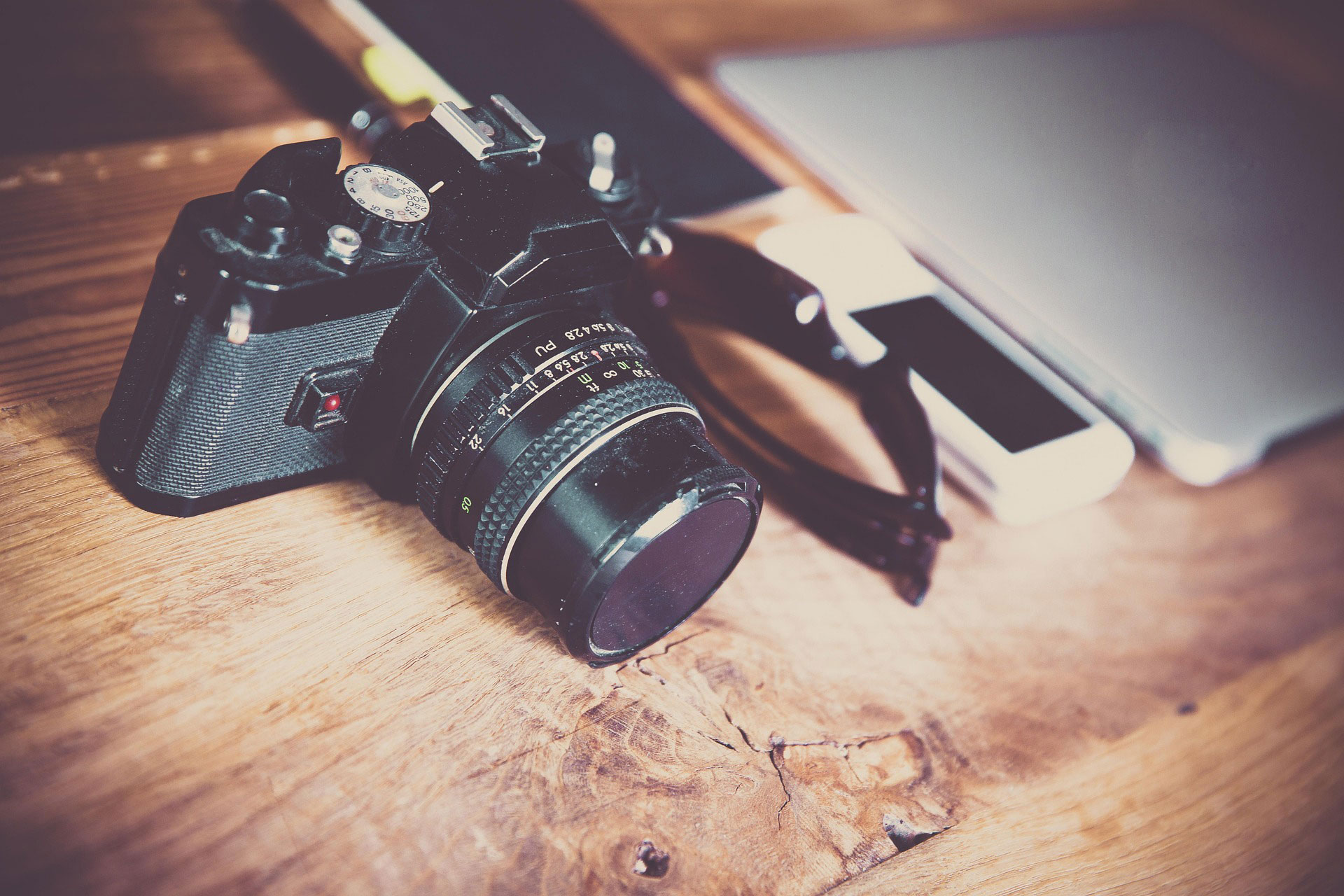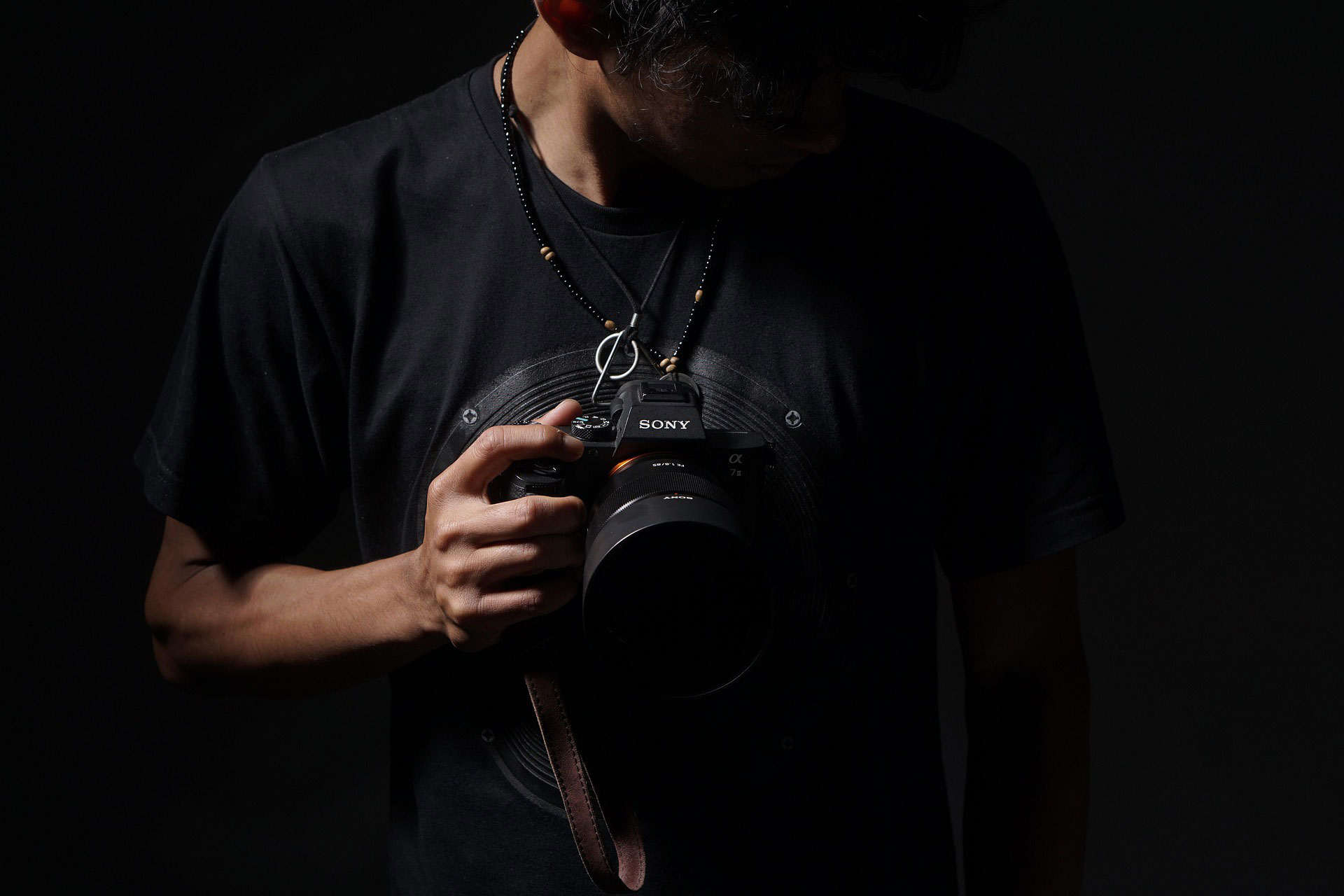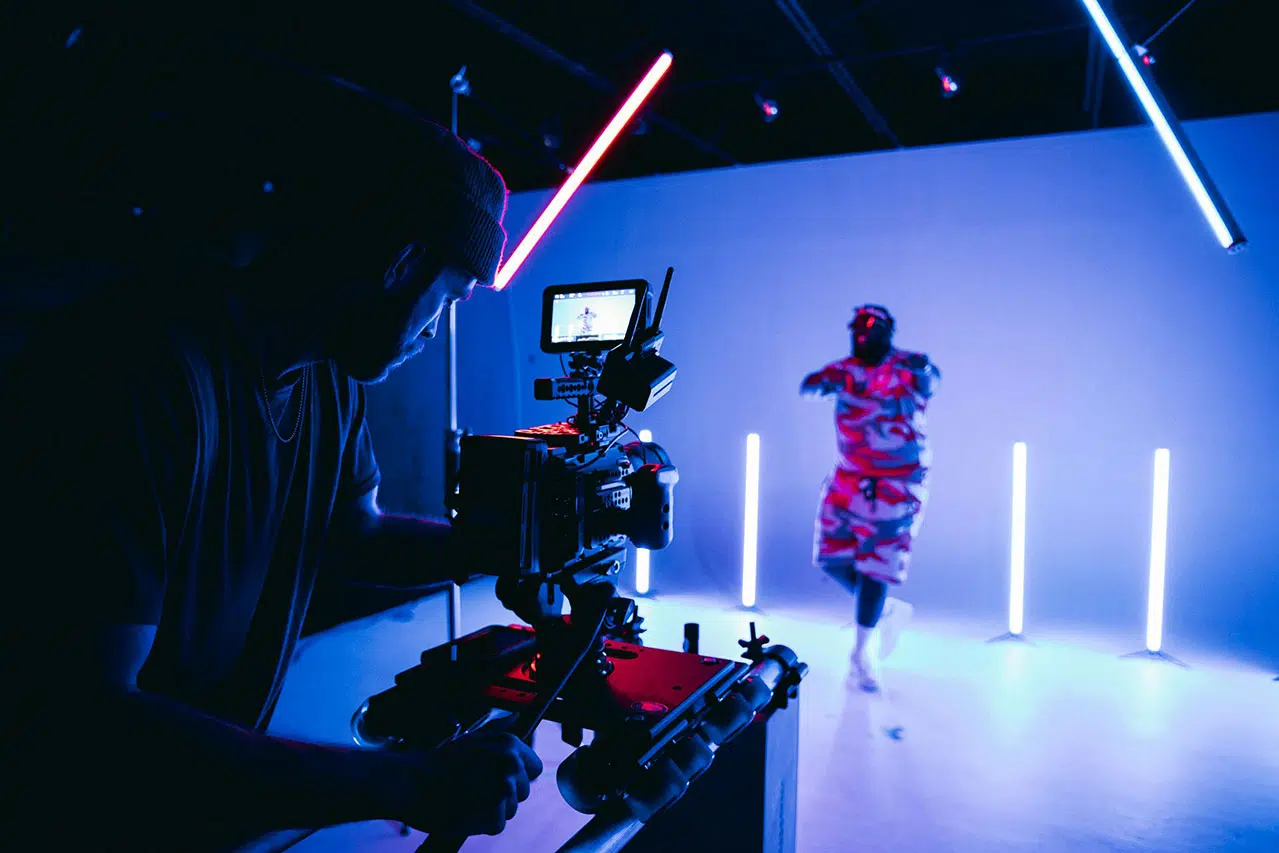Table of Contents
Introduction: When the Machines Don’t Just Listen—They Co-Create
Remember when storytelling meant lugging around gear, shooting for hours, and spending sleepless nights stitching scenes into something that didn’t feel like a Frankenstein cut? These days, you can draft, shoot, edit, and even cast a digital actor—all before your coffee goes cold.
This isn’t some sci-fi flick where robots take over Hollywood. It’s a creative renaissance, powered by artificial intelligence that’s surprisingly… poetic. AI isn’t here to replace your eye or intuition. It’s here to lighten the load, spark ideas, and let your artistry take center stage.
Let’s unpack how smart tools like AI avatars, AI dubbing, and even screen recorders are helping creators move from lens to life—faster, smarter, and sometimes, with a bit more swagger.
1. AI Is the Editor You Never Knew You Needed
Post-production is where the magic happens—but it’s also where time goes to die. Enter AI editing tools, which are helping creators get to the magic faster by automating the grind.
What these tools can do:
- Auto-generate captions with near-perfect accuracy (Veed.io clocks in at 98.5%)
- Remove filler words, long pauses, or background noise in one click
- Suggest cuts based on script pacing or voice patterns
- Auto-resize videos for TikTok, Instagram Reels, or YouTube Shorts
- Instantly translate subtitles for international reach
Veed.io, for example, has been a lifesaver for YouTubers, content marketers, and even indie filmmakers. Other platforms like RunwayML and Pictory are also joining the fray, offering tools for scene detection, object removal, and text-to-video functions.
But Veed’s strength lies in its simplicity—it’s a browser-based editor built with creators in mind, not engineers. It’s what makes it ideal for agile production.
2. Meet Your Virtual Talent: The AI Avatar
Let’s be honest—filming yourself 100 times to get that one good take is exhausting. Enter the AI Avatar: a virtual presenter that doesn’t blink, fumble lines, or demand retakes.
These avatars are more than digital puppets. They’re expressive, multilingual, and can deliver your lines in polished, professional formats. And with platforms like Veed.io, you can generate AI avatars straight from text, complete with gestures and lip-syncing.
Where creators are using AI Avatars:
- YouTube explainers and listicles
- E-learning content without hiring actors or narrators
- Company training videos and product demos
- Virtual event hosting and digital emceeing
It’s not just a cost-cutter—it’s a creative tool that opens new forms of expression. Lil Miquela, one of the most famous AI influencers, has over 2.7 million followers and brand deals with Calvin Klein. While you may not be aiming for influencer status, the ability to deploy your own avatar on demand is nothing short of empowering.
3. Say It Again, But Smoother — AI Dubbing
What if your video could speak fluent French, Japanese, or Hindi—without you needing to know a single word? With AI dubbing, that’s now a reality.
Veed.io’s AI dubbing tool lets creators upload a video, choose a target language, and get a new dubbed version—complete with synced audio and natural intonation.
Benefits of AI Dubbing:
Real-world example? The YouTube channel “Real Engineering” began using AI dubbing to offer multilingual versions of their videos. Within six months, they saw a 22% boost in subscriber growth, largely from non-English-speaking countries.
Creators are no longer boxed in by language. Your story can now cross borders without friction.
4. Capture It All: Screen Recorder as a Creative Tool
Once used mostly for dry tutorials, screen recorders are now being reimagined as dynamic storytelling devices. Whether you’re showcasing a workflow, narrating a design process, or capturing a live demo, screen recording adds authenticity and intimacy to your content.
How creators are leveraging screen recording:
- Behind-the-scenes walkthroughs of their editing process
- Interactive tutorials for design, animation, or software
- Game streamers combining screen and facecam for personality-driven content
- Voice-over explainers mixed with slides and visuals
Veed.io’s screen recorder is especially useful here. You can record your screen, webcam, or both—right from your browser. No need for clunky downloads or separate editing apps. Just hit record, tell your story, and edit it in the same dashboard.
Combine this with an AI Avatar for a hybrid video—think YouTube tutorial meets late-night monologue.
5. Leveling the Playing Field for Indie Creators
Here’s the best part: you don’t need a Hollywood budget to use any of this.
AI tools have democratized production. The gear no longer makes the filmmaker—the ideas do.
Why indie creators are winning with AI:
- No need for expensive editing software or production crews
- Rapid turnaround on client work and personal projects
- More time for creative decisions, less time spent on technical tasks
- Ability to scale content across languages and formats
Take freelance filmmaker Jen O’Donnell, who used Veed.io’s AI tools to create branded content for small businesses. What once took her 4–5 days now takes just 1–2, letting her double her output—and income.
For photographers expanding into video, YouTubers growing their channels, or educators launching online courses, AI offers not just efficiency but possibility.
Conclusion: A Story Well Told, Now Smarter

AI isn’t replacing the human touch—it’s enhancing it. It handles the grunt work so you can focus on the goosebumps, the gut punches, the gasp-worthy moments that make stories stick.
From AI Avatars that deliver lines with pixel-perfect precision, to AI Dubbing that breaks language barriers, to the humble Screen Recorder turned cinematic tool—this is the future of visual storytelling.
It’s not just about faster. It’s about fuller. Deeper. And yeah, maybe even a little weirder—in the best way possible.
So go ahead—press record, load your script, and let the machines help you make magic.


